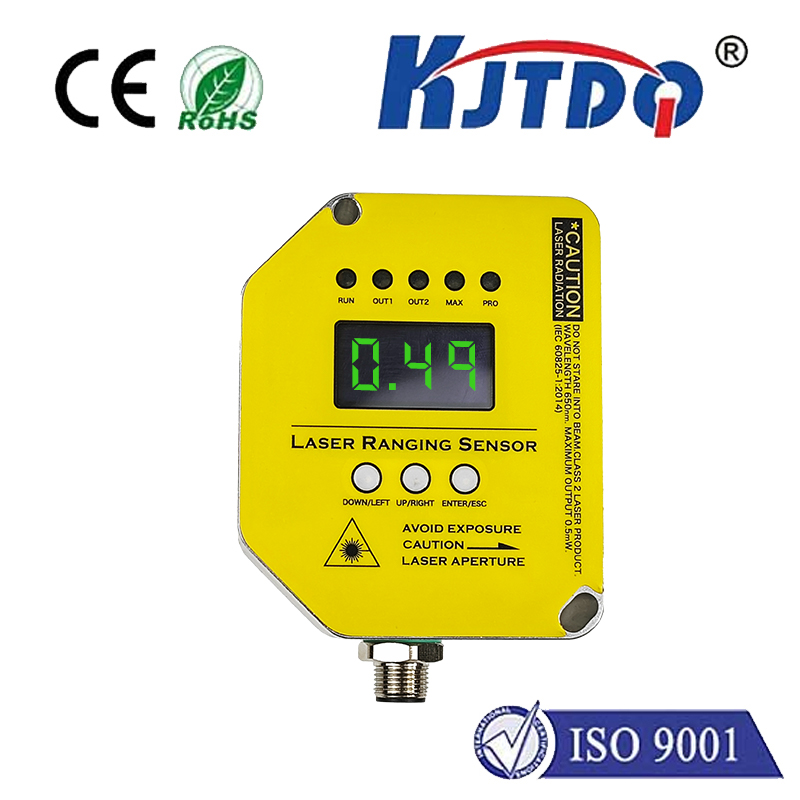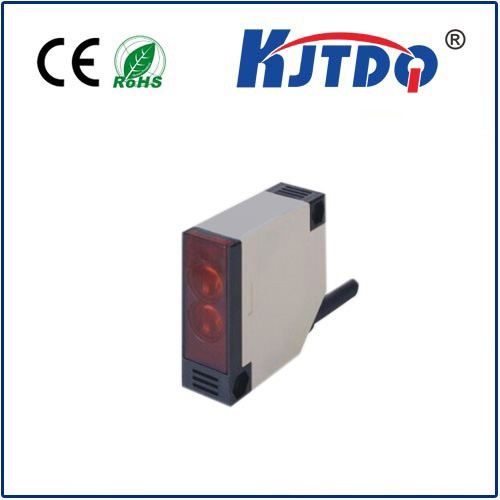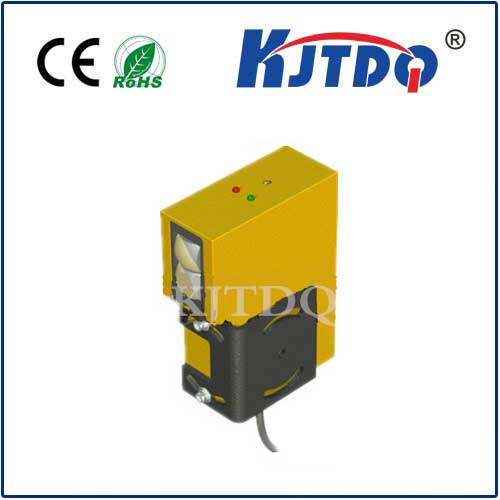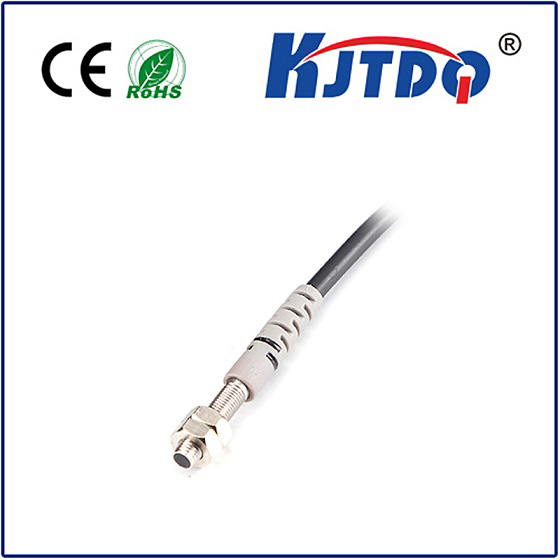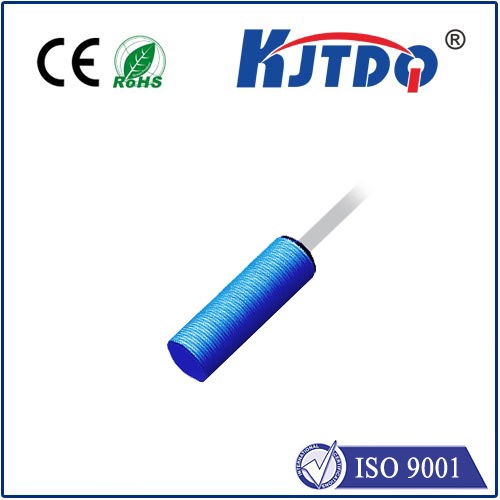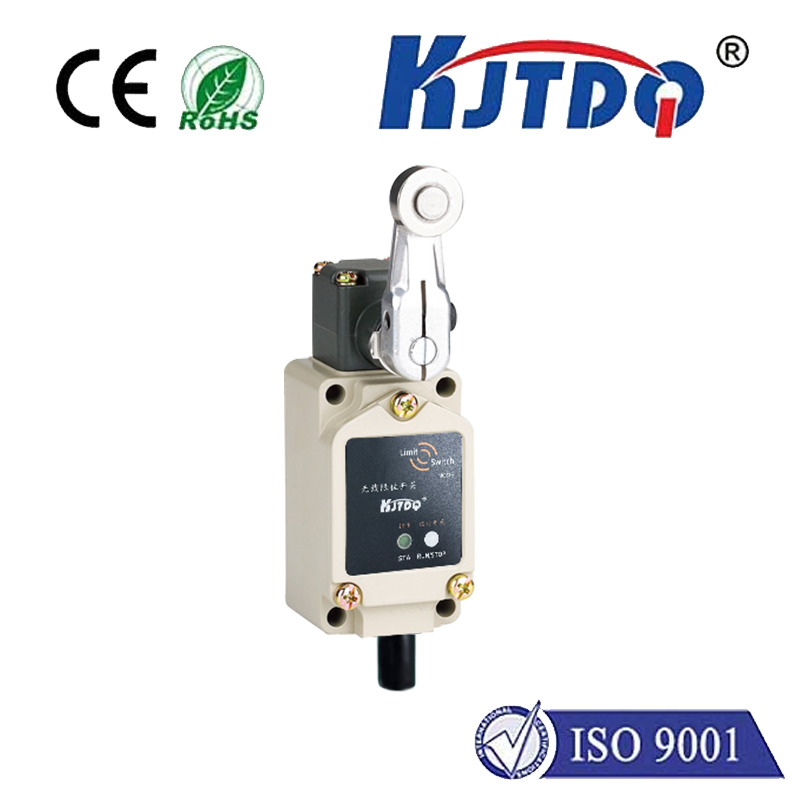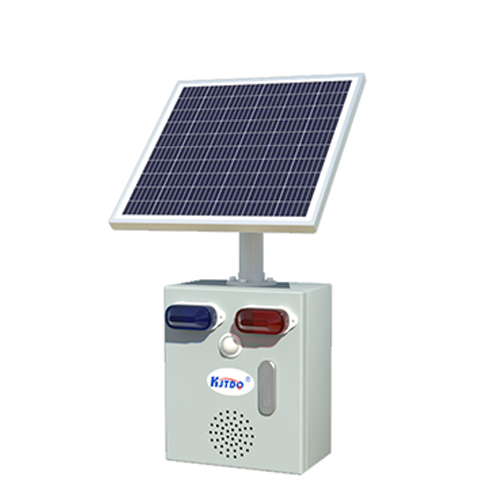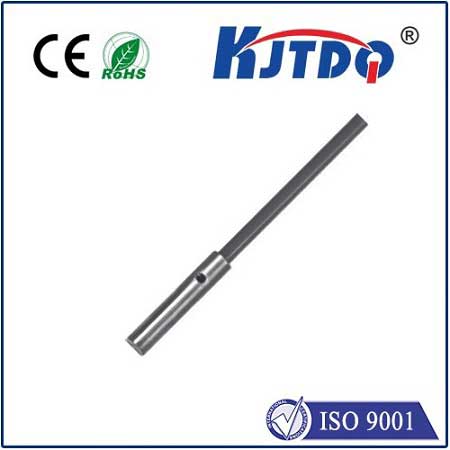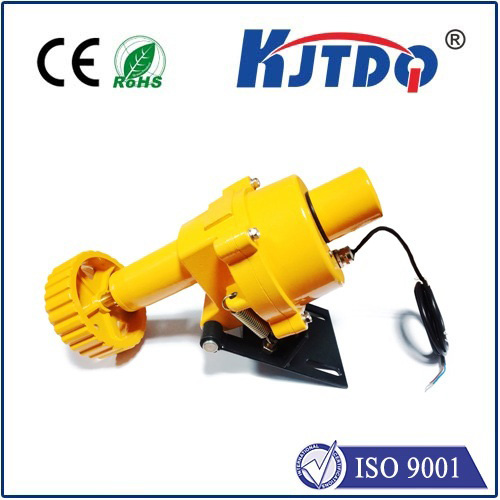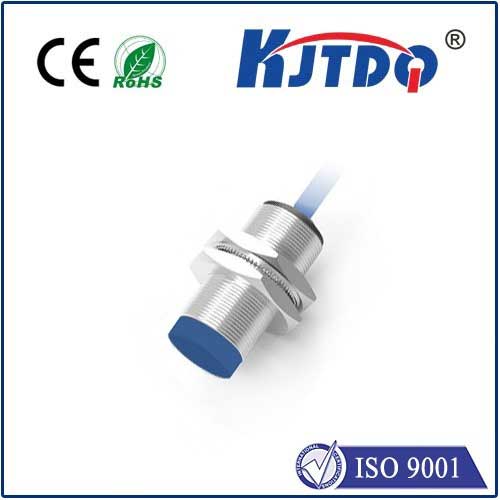Миниатюрный ограничительный переключатель
- time:2025-08-04 09:09:25
- Нажмите:0
The Silent Precision: How Micro Limit Switches Power Modern Automation
Imagine a complex robotic arm on an assembly line, moving with blinding speed and pinpoint accuracy. Or a sophisticated medical device performing delicate surgery. What ensures these marvels of engineering operate safely, consistently, and stop exactly where they need to? Often, the unsung hero is a component barely larger than your fingertip: the Миниатюрный ограничительный переключатель. While their name might suggest simplicity, these miniature marvels are fundamental building blocks of precision control and safety across countless industries.
Demystifying the Micro Limit Switch
At its core, a limit switch is an electromechanical device designed to detect the presence or absence of an object, or to monitor movement limits, by physical contact. A Миниатюрный ограничительный переключатель embodies this functionality in an exceptionally compact form factor. Key characteristics include:
- Miniaturized Size: Significantly smaller than standard limit switches, allowing installation in space-constrained applications where traditional switches simply wouldn’t fit.
- Low Operating Force: Engineered to actuate with minimal pressure, making them ideal for delicate mechanisms or applications involving lightweight components.
- Точный привод: Designed for highly repeatable operation, ensuring consistent performance critical for accuracy.
- Variety of Actuators: Available with diverse actuator types – tiny levers (standard, roller, simulated roller), pins, or plungers – catering to specific detection needs and mounting orientations.
- Robust Electrical Ratings (within size constraints): Despite their size, quality micro switches handle respectable electrical loads (often several amps) for their intended control and signaling roles.
Where Size Matters: Key Applications

The unique advantages of micro limit switches make them indispensable in a vast array of modern technologies:
- Industrial Automation & Robotics: This is prime territory. They are used extensively for:
- End-of-Travel Detection: Safely halting robotic arms, linear actuators, or conveyor systems at precise endpoints.
- Position Verification: Confirming the correct positioning of tools, fixtures, or parts within automated machinery (e.g., CNC machines, pick-and-place systems).
- Door/Guard Interlocking: Ensuring safety doors or guards on equipment are securely closed before dangerous operations commence.
- Tiny Mechanism Control: Monitoring movement within compact sub-assemblies.
- Consumer Electronics & Appliances: Their small size and reliability are perfect for:
- Lid/Door Position Sensing: Detecting if a washing machine door is closed, a microwave door is latched, or a printer cover is open.
- Control Panel Feedback: Providing tactile feedback or detecting button presses on intricate control panels.
- Component Positioning: Verifying tray positions in printers, disk drives, or gaming consoles.
- Medical Equipment: Precision and reliability are non-negotiable here. Micro limit switches are vital for:
- Device Calibration: Ensuring components like imaging arms or surgical tools are in their precise Домой or calibrated position.
- Safety Cut-offs: Activating emergency stops or halting movement if unexpected resistance or limits are encountered.
- Fluid Level Sensing: Detecting tank covers or specific positions in analyzers and diagnostic equipment.
- Patient Handling Equipment: Monitoring adjustments on hospital beds, chairs, and lifts.
- Automotive Systems: Found within increasingly complex vehicle electronics for:
- Seat Position Memory: Detecting preset seating positions.
- Convertible Top Positioning: Verifying the open/closed status of roofs.
- Gear Selector Gates: Sensing gear lever position in automatic transmissions.
- Pedal Position Feedback.
- Office Machinery & Telecommunications: Ensuring proper paper paths in printers/copiers, detecting tray positions, or confirming card insertion in networking equipment.
The Compelling Advantages Driving Adoption
Why choose a micro limit switch over other sensing technologies? The benefits are clear:
- Physical Confirmation: Provides a definitive, positive mechanical indication of presence or position, often preferred over non-contact sensors in certain scenarios for its certainty.
- Simplicity & Reliability: A mature, well-understood technology with straightforward operation. High-quality micro switches offer exceptionally long mechanical life, often rated in the millions of cycles, for dependable performance over time.
- Cost-Effectiveness: Generally offer a very favorable price-to-performance ratio, especially for high-volume applications.
- Direct Electrical Interface: Provides a straightforward electrical signal (open/closed circuit), easily integrated into control systems without complex signal conditioning.
- Robustness: Engineered to resist environmental factors like dust, moisture (varying by IP rating), and vibration, crucial for industrial and automotive uses. Many boast significant impact resistance.
- High Repeatability: Delivers consistent actuation points, essential for precision tasks.
Important Considerations in Selection and Use
Selecting the right micro limit switch requires careful thought:
- Electrical Requirements: Match the switch’s voltage and current (AC/DC) ratings to the load it controls (relay, PLC input, small motor).
- Operating Force: Ensure the actuator type and force required align with the force available from the target object.
- Actuator Type & Orientation: Choose the appropriate lever, plunger, etc., and consider the direction of travel of the target object relative to the switch.
- Environmental Conditions: Evaluate factors like temperature extremes, potential chemical exposure, dust, moisture, and required IP rating (Ingress Protection).
- Mechanical Life Expectancy: Verify the switch’s rated life (number of operations) meets or exceeds the application’s demands.
- Mounting Constraints: Precise mounting is critical given the small size and required actuation point accuracy. Ensure the switch body has suitable mounting options (threads, lugs, brackets).
The Future: Evolution, Not Obsolescence
While non-contact sensors (inductive, capacitive, photoelectric) continue to advance, the Миниатюрный ограничительный переключатель remains a vital and evolving solution. Trends include:
- Enhanced Sealing: Improved IP ratings for even harsher environments.
- Material Science: Development of contacts and housings for extended life under demanding conditions.
- Miniaturization Continues: Pushing the boundaries of how small reliable switching can be.
- Hybrid Solutions: Integration with other sensing elements or electronics within compact packages. While IoT integration is more common at the system level, the fundamental role of the switch remains.
The Essential Miniature Sentinel
They may be small and often hidden from view, but micro limit switches are fundamental components driving the precision, safety, and reliability of the modern automated world. From the intricate movements of a surgical robot to the dependable cycle of your washing machine, these miniature sentinels provide the crucial physical feedback that complex systems rely on. Their enduring combination of robustness, simplicity, direct feedback, and compact design ensures they will continue to be the go-to solution for precise position detection and safety interlocks in countless applications where space is at a premium and accuracy is paramount. Consider the delicate bone-drilling tool in a surgical robot, its movement halted with perfect precision by a micro limit switch embedded in its mechanism – a powerful testament to how these tiny components enable monumental technological achievements.

